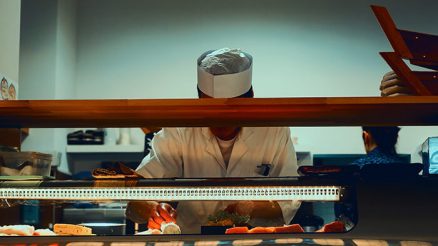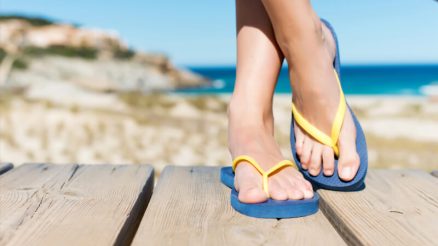Home Remedies (Self-Care)
-
Ice and Cold Therapy: Applying ice constricts blood vessels and reduces inflammation. Wrap an ice pack or frozen vegetable bag in a thin cloth and press it on the bunion for 15–20 minutes at a time, especially after activities that aggravate pain. Keep the foot elevated while icing to enhance the anti-swelling effect.
-
Effectiveness: Ice reliably eases acute swelling and pain. It does not correct the bunion but provides short-term relief.
-
Pros: Inexpensive, easy to do at home, and safe (no medications needed).
-
Cons: Relief is temporary and symptomatic. Overuse (or direct ice on skin) can cause skin irritation; avoid if you have poor circulation or numbness.
-
-
Warm Foot Soaks: Immersing the foot in warm water (often with Epsom salts) can relax muscles and improve circulation. Heat causes blood vessels to dilate, which soothes aching joints and eases stiffness. To use, soak the feet in comfortably warm (not scalding) water for ~15–20 minutes once or twice daily. Epsom (magnesium sulfate) is often added as it may further reduce swelling and soreness.
-
Warm foot soaks relax tight muscles and may reduce bunion pain.
-
Effectiveness: Soaks feel good and can temporarily relieve pain and stiffness. However, like ice they provide symptomatic comfort only and do not reshape the toe.
-
Pros: Very safe and relaxing; helps ease tension around the joint.
-
Cons: Benefits are short-lived. Not a substitute for medical treatment if pain is severe.
-
-
Foot Massage and Gentle Movement: Massaging the bunion area and gently moving the big toe can improve blood flow and keep soft tissues supple. For example, rolling a tennis ball under the arch and rubbing the bunion area can ease tension. Manual massage (even by a partner) on the sole and toes can reduce soreness. Try simple toe-range exercises like spreading the toes or curling them to maintain flexibility (see Exercises below).
-
Effectiveness: Massage and gentle motion can soothe discomfort and improve mobility, especially after long periods of standing. There is no evidence this will correct the deformity, but it helps manage pain.
-
Pros: Can be done anywhere, no equipment needed (or just a ball). Improves relaxation and tissue mobility.
-
Cons: Must be performed regularly; any relief is gradual. Does not alter bone alignment.
-
-
Rest, Elevation, and Weight Management: Giving the foot periodic rest (especially after prolonged standing) helps control bunion pain. Elevating the foot when seated can also reduce swelling. Maintaining a healthy body weight reduces pressure on the feet. Excess weight increases stress on the big toe joint, so weight loss (through diet and low-impact exercise) may relieve symptoms and slow bunion progression.
-
Effectiveness: Reducing mechanical stress on the foot often diminishes pain. It does nothing to fix the bunion shape but can make conservative treatments more effective.
-
Pros: Improves overall foot health; lowers risk of worsening joint issues.
-
Cons: Weight loss can be slow and challenging; resting the foot can limit activity.
-








